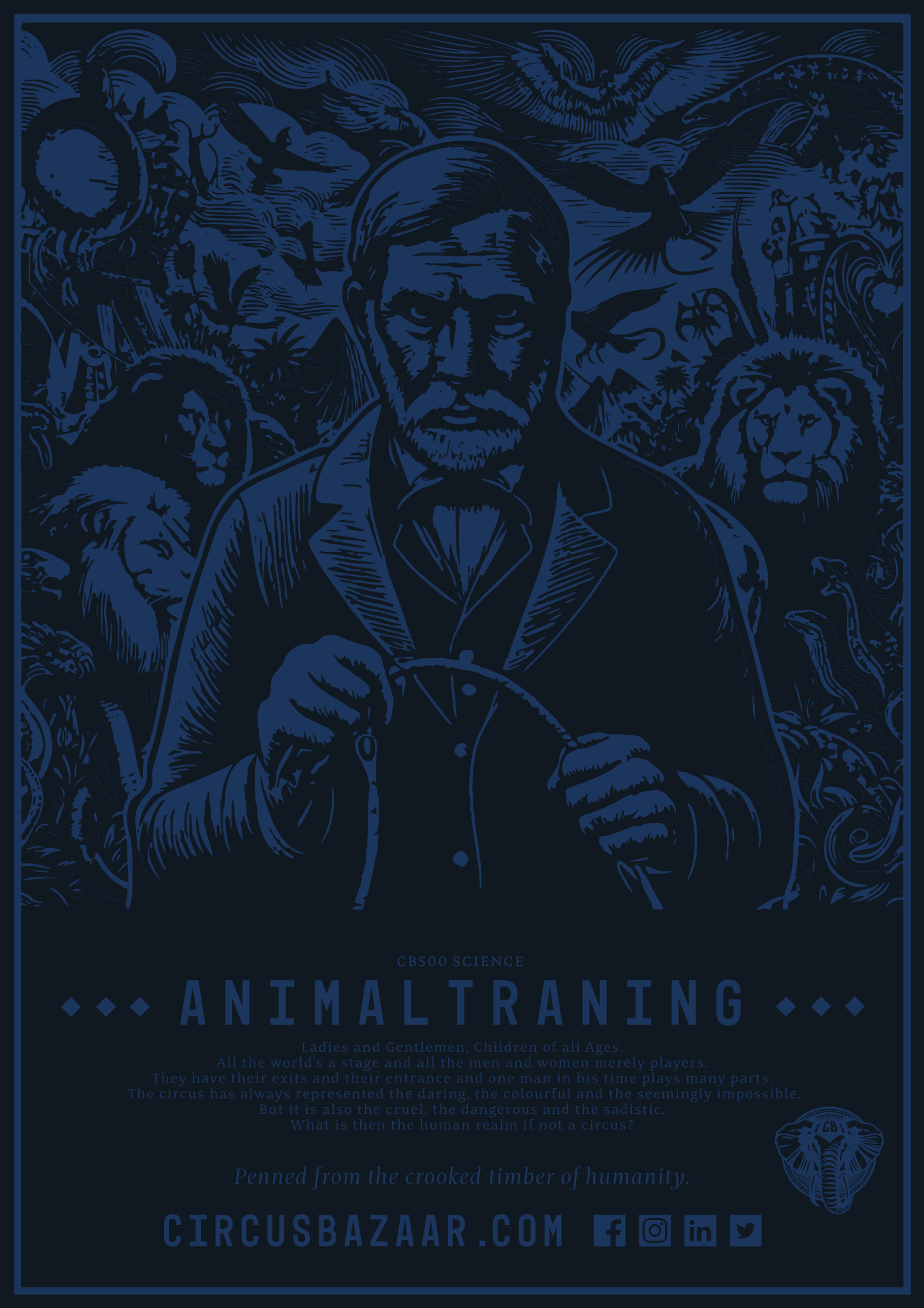In recent years worry has been mounting that the range of effective antibiotics was rapidly decreasing in the face of this ‘resistance’ creating strands of super-bugs.
MRSA is a diverse number of strains of Staphylococcus aureus, which have developed, through the process of natural selection, resistance to beta-lactam antibiotics. This includes the penicillin’s and the cephalosporins. The evolution of such resistance does not imbue the organism to be more any intrinsically virulent than strains of S. aureus bacteria, which have no antibiotic resistance. Besides MRSA, another emerging pathogen threat is globally, drug-resistant tuberculosis, which has become an ever-increasing threat. Reported cases have mushroomed over the past nine years, killing an estimated 170,000 people in 2012. There are according the WHO 440, 000 new cases of MDR-TB each year with almost 80,000 cases occurring in Europe in the last decade.
In normal speech, these MRSA and MDR-TB pathogens have one particular super power. This is their innate and evolving resistance to standard types of antibiotics. This micro adaptability super power makes them exponentially dangerous as the supply of effective antibiotics fails to keep pace with these super bugs morphing resistance. So these world-threatening pathogens beg the question – How did we very nearly exhaust our supply of working antibiotics since 1945? Particularly when Alexander Flemming, the Nobel Prize winning discoverer of penicillin, pre-warned that overuse of antibiotics would lead to antibiotic resistant ‘uber’ pathogens and a world without life saving medicines.
The answer comes when we see that up to 80 percent of all antibiotics in most countries each year, are given to animals. Antibiotics are the lifeblood of the meat and poultry industries, which have funneled drugs to livestock as a means of accelerating growth and counteracting illnesses caused by the overcrowding. Add this to the over prescription of antibiotics to humans a grim picture begins to emerge. Recent research by doctors at Harvard and Brigham & Women’s Hospital found that the vast majority of antibiotics prescribed for sore throats and acute bronchitis are useless and increase resistance by various strains of present bacteria.
A new documentary project by Michael Graziano will bring home the reality of antibiotic resistance – Visit the Website
Another factor is that although antibacterial resistance can be slowed, it is inevitable. As a result, pharmaceutical companies have found antibiotics to be less worthwhile investments than drugs for chronic illnesses, which can be used over the long term with constant levels of efficacy. Antibiotics which have a significant investment cost are simply less valuable to Pharmaceutical companies than many other medicines which retain their market value for longer. So good economics driven by capital incentive have stifled humanities ability to prevent world threatening potential pandemics in the future. In terms of our governments and medical industry giants, the big players have been caught seriously dropping the ball investment wise. Pandemics have a way of drastically shrinking your client base and subsequently hammering that corporate bottom line.
This makes what Northwestern University researchers have discovered astounding and perhaps in the nick of time. The discovery was made in the Northwestern University labs headed by distinguished Professor Kim Lewis’. They have developed an antibiotic called “teixobactin” which eliminates pathogens without encountering any detectable resistance. Such a finding that challenges long-held scientific beliefs and holds great promise for treating chronic infections like MDR-tuberculosis and those caused by MRSA. Most antibiotics till now have been mined from cultured soil bacteria. A source in which only 1% of tested bacteria are successfully grown in the lab and is rapidly running out of viable options for new antibiotics.
Desperation, being mother of many good things including innovation, prodded scientists to examine uncultured bacteria as a new source of medicines. Slava Epstein with colleagues from the University of Bonn in Germany, NovoBiotic Pharmaceuticals in Cambridge, Massachusetts, and Selcia Limited in the United Kingdom went beyond synthesizing bacteria and studied uncultured bacteria, which can’t be grown in a petri dish. These bacteria make up 99 percent of all species in external environments. Subsequently they developed a novel method for growing uncultured bacteria in their natural environment. The centerpiece of this remarkable accomplishment is a device Epstein and the Novo Biotic teams call the ‘iChip’ that allowed researchers to isolate and grow single cells in their natural environment, providing greatly improved access to uncultured bacteria.
Using the iChip, NovioBiotics has scanned 50,000 uncultured bacteria and has found 25 new antibiotics including its most powerful one to date, “teixobactin”. The properties of this new compound suggest a path towards developing antibiotics that are likely to avoid development of resistance as the teixobactin seems consistently fool proof against generating resistance from MRSA when tested. The antibiotic was discovered during a standard screening for antimicrobial material using the new iChip method. Lewis then tested the compound for resistance development and did not find mutant MRSA or Mycobacerium tuberculosis resistant to teixobactin, which was found to block several different targets in the cell wall synthesis pathway.
“Our impression is that nature produced a compound that evolved to be free of resistance,” Professor Lewis said. “This challenges the dogma that we’ve operated under that bacteria will always develop resistance. Well, maybe not in this case.”
The magnitude of this discovery is awe-inspiring and potentially alleviates perhaps the greatest fear of medical authorities over the next two decades. A world of 8 to 9 billion with few or even no functional antibiotics and spreading antibiotic resistance rouses a scenario of countless millions dying from deadly infections, which would have been easily treated, in the previous era. Such a hideously Malthusian outcome may never occur if this new compound teixobactin can truly usher in the era of resistance free antibiotics.

























